The virus has spread further and faster and is set to last longer than scientist initially expected. As sentiments like fear and confidence influence the economy the road to recovery is likely to be long and full of pitfalls.
COVID-19 Economic and Epidemiological Impact – Analysed in just a few gobbets for time-starved, over-solicited decision-makers
- Recent medical findings indicate that the coronavirus has spread more widely and that more people were infected than the scientific community previously thought. This means that (1) the rate of infection is higher but (2) the lethality rate is lower – possibly 0.5% instead of 2-4%. Separately, a Financial Times analysis (corroborated by scientists) of overall fatalities during the pandemic in 14 countries suggests that the death toll from Covid-19 may be almost 60 per cent higher than reported in official counts.
- In Europe and the US, exponential fatalities are abating, sparking a mix of dread and hope about reopening and distancing. But the current difficulties that Singapore (the ‘gold-standard’ of government efficiency) faces in terms of containing a renewed outbreak suggest that any exit strategy anywhere in the world will be a roller coaster with multiple waves of opening and partial re-closings.
- The coronavirus is not under control. An overwhelming majority of experts think that the economic and social pain inflicted by the pandemic will linger for many months because the fact that the virus recedes does not mean it’s gone. According to virologists and epidemiologists, a second wave in the autumn is a (most) likely scenario. Last week, the head of the WHO warned that: “the worst is yet ahead of us”.
- Even in the most optimistic scenario of a quasi-complete reopening in the summer, all systemically important economies (China, the US, Europe, Japan) will be running at considerably less than 100% of capacity for months to come. Two simple but vital questions investors should be asking to figure out the depth and length of the recession: (1) how can the business model of packing a maximum number of people in one space be sustained under stringent physical distancing measures? (In airlines, restaurants, stadiums, conventions, etc. the profit is often made at the end of a narrow margin). What is the share of total GDP and employment that these industries represent? (A lot – from a fourth to a third, depending on the country).
- Sentiments are what really drive an economy. Therefore, a sustained economic improvement is contingent upon two things: (1) the confidence that the pandemic is behind us – without which people will not consume and invest; (2) the proof that the virus is defeated globally – without which people will not be able to feel safe locally.
- As one epidemiologist puts it, the paradox of public health lies in the fact that “when you do it right, nothing happens” – the economic and societal damage of the lockdown is all too apparent, when its success in terms of containing the outbreak and preventing deaths cannot be seen (there is no public celebration when a coronavirus case or death doesn’t happen). This paradox explains the pandemic policy predicament that so many decision-makers are beginning to experience. It could cause severe policy tensions (as already seen in the US) and social turmoil (as already experienced in some suburbs and inner cities in France).


